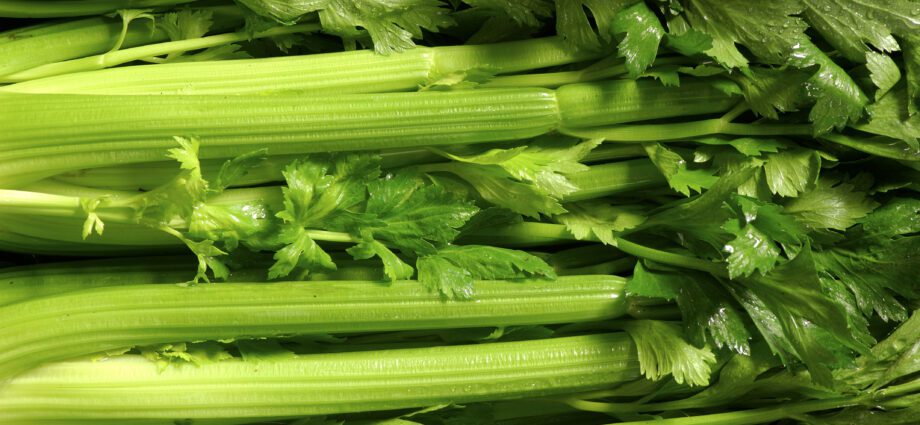Contents
Cultivation of stalked celery
Cultivation of stalked celery has its own characteristics. This celery differs from its relatives in its large leaves located on massive fleshy petioles. The plant has many valuable properties and is used not only in cooking, but also in medicine.
Methods for growing stalked celery
Celery ripens for at least 80 days and can only be grown from seeds outdoors in the southern regions. Most farmers prefer stalked celery seedlings.
A sunny, windless area is suitable for growing stalked celery.
Seeds for seedlings should be planted in mid-March. The process of growing seedlings consists of the following stages:
1) spread the seeds on the surface of the prepared and moistened soil and slightly press them down with a planting board;
2) sprinkle the sowing on top with a thin layer of earth and spray the earth with a spray bottle;
3) cover the boxes with transparent film;
4) air the plantings daily and moisten the ground as it dries;
5) keep the ambient temperature at least 22 ° C and provide additional lighting for the seedlings.
Celery seed germination period is approximately 20 days. When the seedlings get stronger, it is necessary to periodically take them outside for hardening. Planting seedlings in the ground is carried out only after the threat of frost disappears and the soil warms up enough – around the end of May.
Features of care when growing stalked celery
Outdoor celery requires careful maintenance. It includes the following activities:
- Regular watering of plants – you can make your work easier by mulching the plantings. It is necessary to ensure that the moisture content of the soil does not exceed the permissible limits, and that there is no stagnant water on the bed. Lack of moisture will also negatively affect the quality of the crop – the petiole will become tough.
- Timely feeding – the procedure must be carried out every 10 days. It is best to use liquid fertilizers for feeding.
- In the event that the variety does not have self-bleaching properties, then the planting should not be mulched, since the celery will need to be piled up every three weeks.
- Petiole bleaching is necessary to reduce the level of essential oils and excess bitterness. For this, the lower part of the stems is collected in a bunch and wrapped with an opaque material.
- Periodic loosening of the soil – on average 6-7 times per season.
Petiole harvesting begins in August, and greens can be cut as needed during the season. If you follow all these rules, then you are guaranteed a good harvest.
A useful product can be prepared for future use by freezing or drying it, or you can use recipes for canning celery stalks. Nature gives us a lot of opportunities to be healthy, you just need to use this chance correctly.










